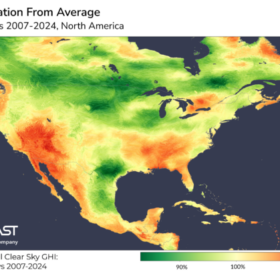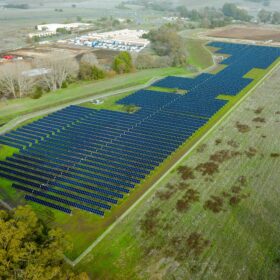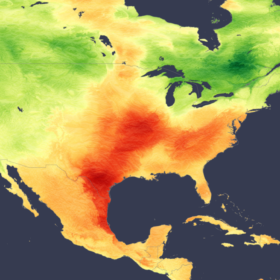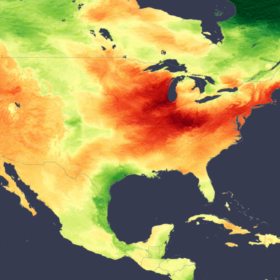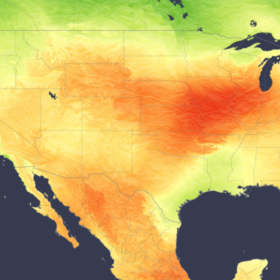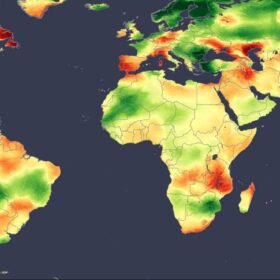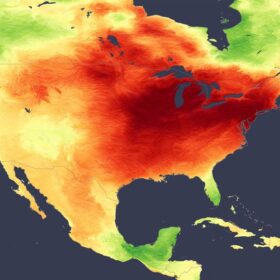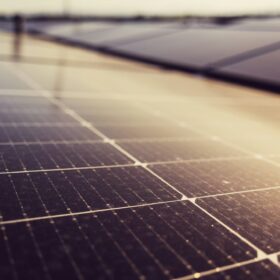Solar production falls in U.S. Midwest, Southeast amid wildfires and hurricanes
In a new weekly update for pv magazine, Solcast, a DNV company, reports that fire and storm activity across North America shaped solar conditions during August, with irradiance down in central and eastern regions but above average in the northeast.
Tropical storms, record heat shape North America’s July solar production
In a new weekly update for pv magazine, Solcast, a DNV company, reports that while southwestern United States enjoyed increased solar irradiance in July, extreme weather events further north complicated solar operations during the holiday season.
Solar surpasses 10% of U.S. electrical generation for a full month for the first time
In April, solar photovoltaics accounted for 10.64% of all electricity generation, according to the EIA. Combined with wind, the two sources neared 25%, while carbon-free electricity edged above 49%.
April storms cut Eastern U.S. irradiance as northwest surges
In another weekly update for pv magazine, Solcast, a DNV company, reports that strong jet stream and Eastern storms split solar conditions across the U.S. in April, with the east experiencing a downturn in solar irradiance while the northwest saw irradiance gains.
U.S. South and Midwest enjoy up to 30% more irradiance in March
In a new weekly update for pv magazine, Solcast, a DNV company, reports that solar irradiance surged far above the March norm in the U.S. South and Midwest, while parts of the US West and Canada were impacted by lower-than-average irradiance levels.
Western clear skies drove solar gains and fire risks in January
In a new weekly update for pv magazine, Solcast, a DNV company, reports that atmospheric conditions led to variations in solar conditions across North America. According to analysis using the Solcast API, ISO New England and PJM outperformed long-term trends in capacity-adjusted performance, whereas ERCOT performed only slightly above average.
Bright U.S. Midwest contrasts with cloudy coasts in 2024
In a new weekly update for pv magazine, Solcast, a DNV company, reports that the U.S. Midwest enjoyed exceptional conditions with irradiance up to 10% above normal across the year, while areas along the Gulf Coast and much of the West Coast experienced slightly below-average sunshine.
Christmas Day forecast delivers solar surprises for some
Solcast, a DNV company, reports that, while much of the Americas will see cloudier weather than normal for the season, particularly in the eastern United States and parts of central Brazil, Europe’s solar outlook is split with high pressure over central regions bringing clearer skies to the Iberian Peninsula.
Sunniest October on record for U.S. amid hurricane disruptions
In a new weekly update for pv magazine, Solcast, a DNV company, reports that October delivered record-high irradiance across much of the United States, with a high-pressure system over the Eastern and Central regions driving a sustained period of warm, dry, and clear weather. Meanwhile, contrasting conditions in Canada’s coastal provinces and extreme weather in Florida underscored this month’s diverse impacts on North American solar generation.
U.S. solar generation strong outside Hurricane Milton’s localized impacts
In a weekly update for pv magazine, Solcast, a DNV company, reports that the impact of Hurricane Milton on solar production will be minimal outside the southeastern United States, as the system quickly moves offshore.

